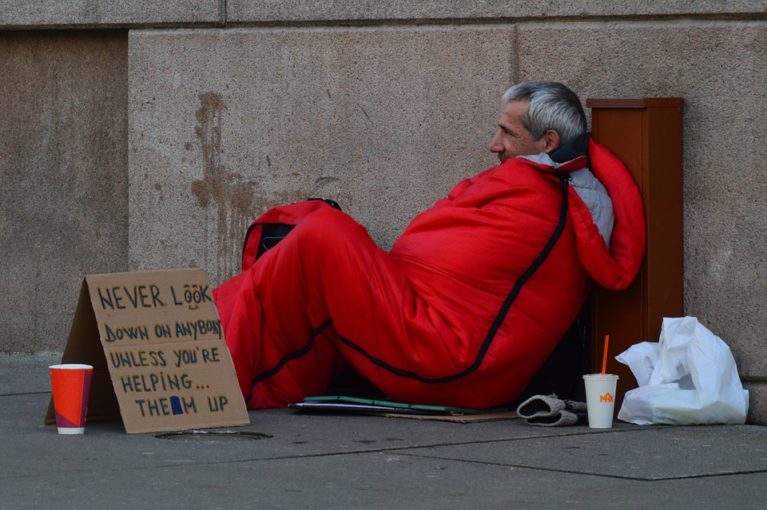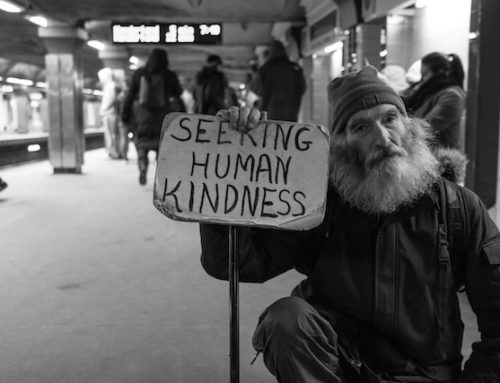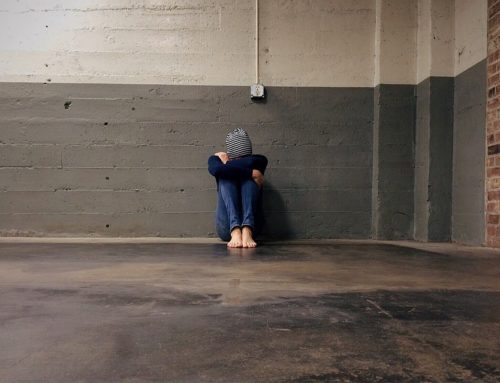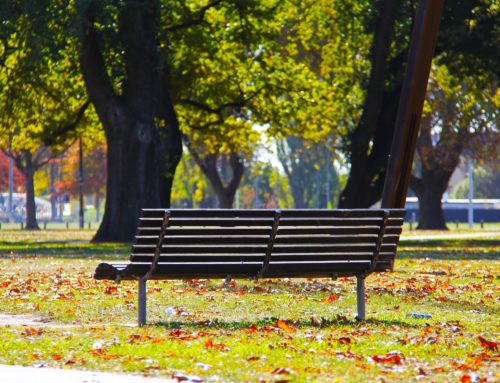Homelessness is not a new problem for New York City. But over the years, it has continued to rise, with the troubling trend of families and children being displaced in all corners of the five boroughs. Now, efforts from Mayor de Blasio and the city to overhaul homeless shelters and create affordable housing are underway. Just how effective are these plans, and what else can we do to meaningfully impact homelessness in NYC?
According to research by the Coalition for the Homeless, as of August 2018, there were 62,166 homeless people who slept in the city’s municipal shelter system, which included 15,189 homeless families with 22,511 children. Over the course of 2017, a total of 129,803 different homeless individuals slept in NYC’s municipal shelter system, and the amount of homeless New Yorkers sleeping in shelters has increased by 79 percent in 10 years.
The spread of homelessness in New York can be attributed to the lack of low-income housing, particularly among families, and due to several other factors such as eviction, overcrowded housing, domestic violence, job loss, and hazardous housing conditions.
That is why Mayor de Blasio enacted the “Turning the Tide on Homelessness” project, which aims to address homelessness throughout all five boroughs of New York City. They aim to achieve this through three approaches. First, by keeping people in their homes by making housing affordable and stopping illegal evictions. Second, by making operational reforms to better serve shelters and neighborhoods. And third, by creating new strategies for shelters: the plan will remove people from all cluster sites and commercial hotel facilities and aims to cut the number of homeless shelters, replacing these living areas with 90 better-organized shelters and more affordable housing.
The project is 18-months deep and behind schedule, but it has managed to open 15 of its planned shelters, with six more preparing to open soon. While the project’s goals seem achievable, it faces opposition. Some claim that despite the project’s aim to keep homeless people close to their neighborhoods, the overall decrease in shelters and potential displacement they cause means that homeless families will struggle to stay close to their original neighborhoods.
Other criticism comes from neighborhoods where the new shelters are implemented, as community members often express negativity about an increased homeless presence on “their” streets. Nevertheless, the shelters are making an impact on the homeless and communities are constantly working with community leaders to resolve issues and make their neighborhoods better for everyone.
But the city has also managed to make headway with affordable housing. In 2018, 32,116 affordable homes have already been built, an all-time record for affordable housing construction. 57 percent of those homes will be utilized by some of the lowest income families in NYC. This is a major turning point for homelessness in NYC, though there is still a long way to go.
So what are the other impactful ways we can combat homelessness in New York City? The Regional Plan Association (RPA) proposes repealing the FAR cap, an old housing law that limits the Floor Area Ratio on property lots. This was initially enacted to prevent vertical slums easily subject to health hazards, but since 1961 when the law was passed, urban health has improved dramatically, and overcrowding has overall decreased. By removing the FAR cap, the city can potentially create larger residential buildings for those in need of low-income housing
Another way to impact homelessness is through prevention and stability. While de Blasio’s efforts are meant to eventually focus on prevention, much of the attention has been diverted toward optimized shelters and affordable housing, and it is vital to ensure that families will not end up homeless again. Programs providing eviction-prevention grants, legal representation, and support services all work to maintain stability for low-income families and individuals who have dealt with homelessness.
It is clear that New York cares about its homeless, and the efforts that are already in place are forward-thinking, looking to make significant, permanent change to the issue in the long term. There is always more that can be done, but as it stands, New York City is taking major strides in supporting its disenfranchised, making the greatest city in the world that much better.








